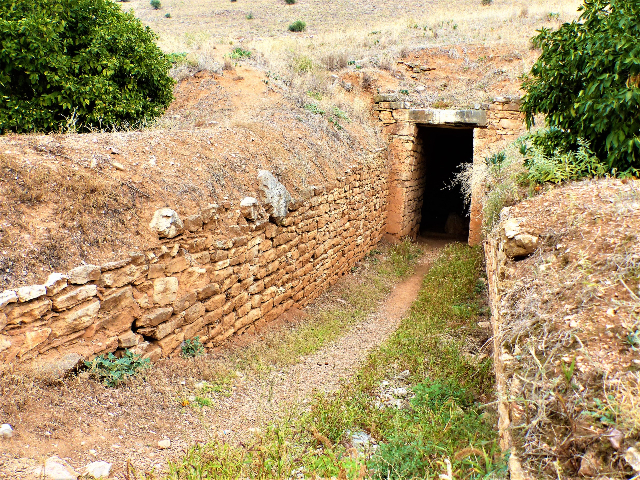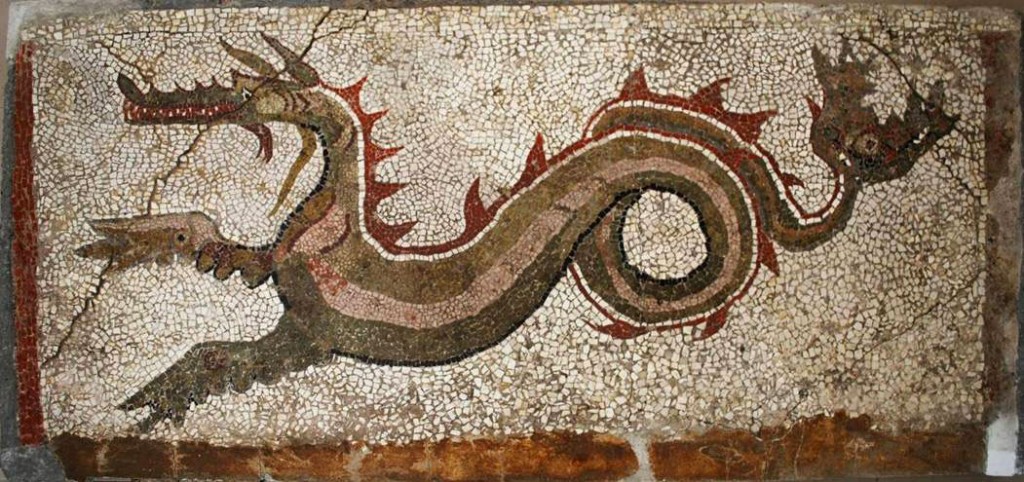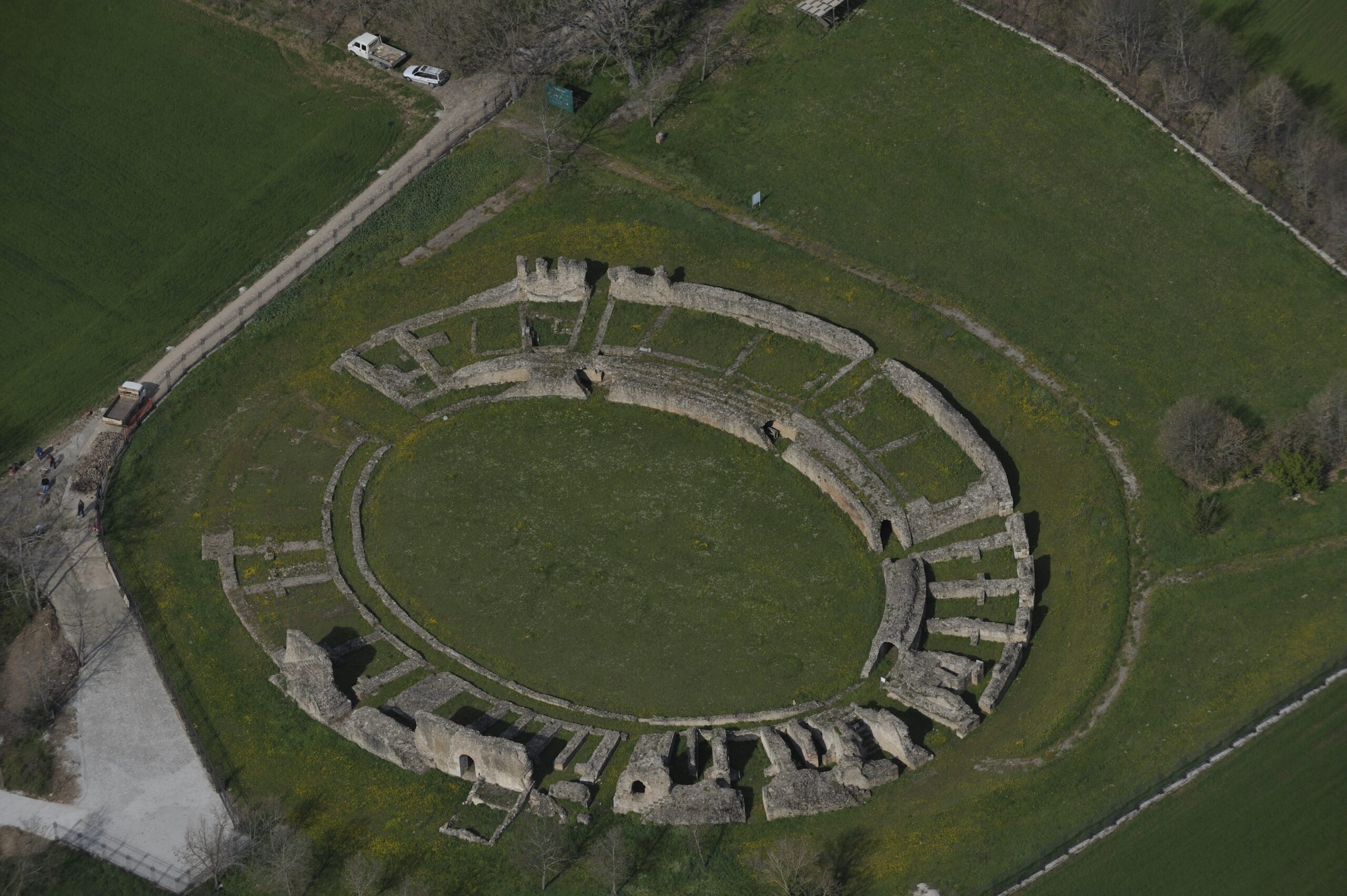The Tholos Tomb of Tiryns in Nea Tiryntha, Greece, serves as a unique window into the ancient world, offering both mystery and awe. Built in a “beehive” style—characteristic of the Mycenaean period—this tholos tomb dates back to the 13th or 14th century BCE and is one of several similar structures found throughout the Peloponnese.
From the outside, this architectural marvel resembles a mound of earth, but as you step through its entrance, you’re transported back in time. The tomb’s most striking feature is its corbelled dome, an engineering feat that showcases the sophistication of Mycenaean builders. The dome’s layers of stone are carefully arranged in a conical shape, resembling a beehive, and are capped by a single keystone.
Legend has it that the tomb was built for a mysterious cult hero, though the exact identity remains unknown. Artifacts recovered from the site suggest that whoever was buried here was of significant importance. The presence of rich grave goods, from pottery to jewelry, further deepens the enigma surrounding this ancient site.
But the Tholos Tomb of Tiryns is not just an archaeological treasure; it’s also a place shrouded in myth and spirituality. The sense of mystery is palpable as you walk through its darkened chamber, and one can almost feel the weight of history and forgotten rituals.
Accessibility to the tomb is relatively straightforward, making it an ideal destination for history buffs and curious travelers alike. Whether you’re interested in archaeology, ancient civilizations, or the aura of the mystical, a visit to the Tholos Tomb of Tiryns promises an unforgettable experience.
Immersing yourself in this ancient tomb not only provides an understanding of Mycenaean burial practices and beliefs but also allows you to connect with a distant past, touching the essence of a civilization long gone but whose influence still resonates today.













